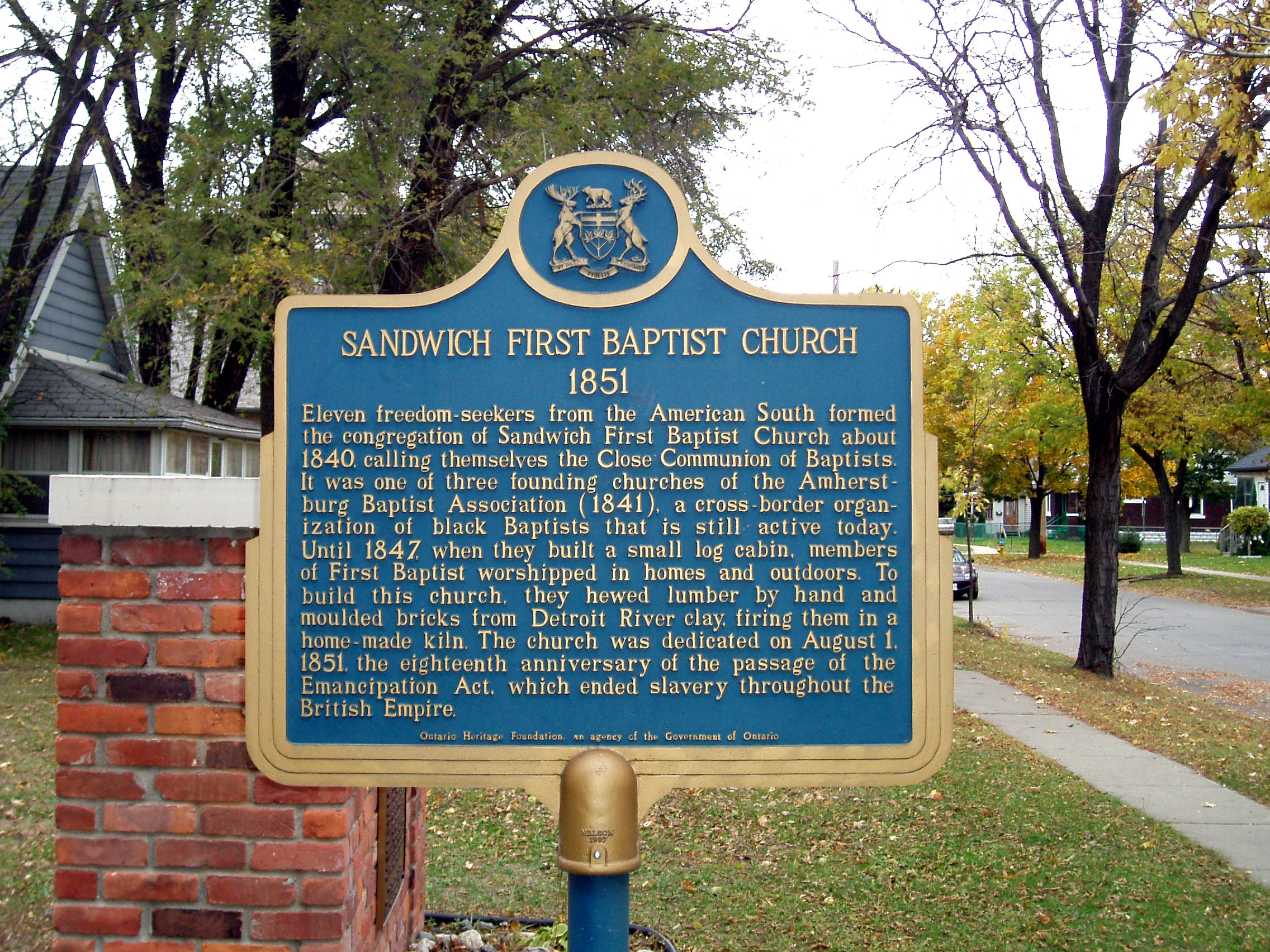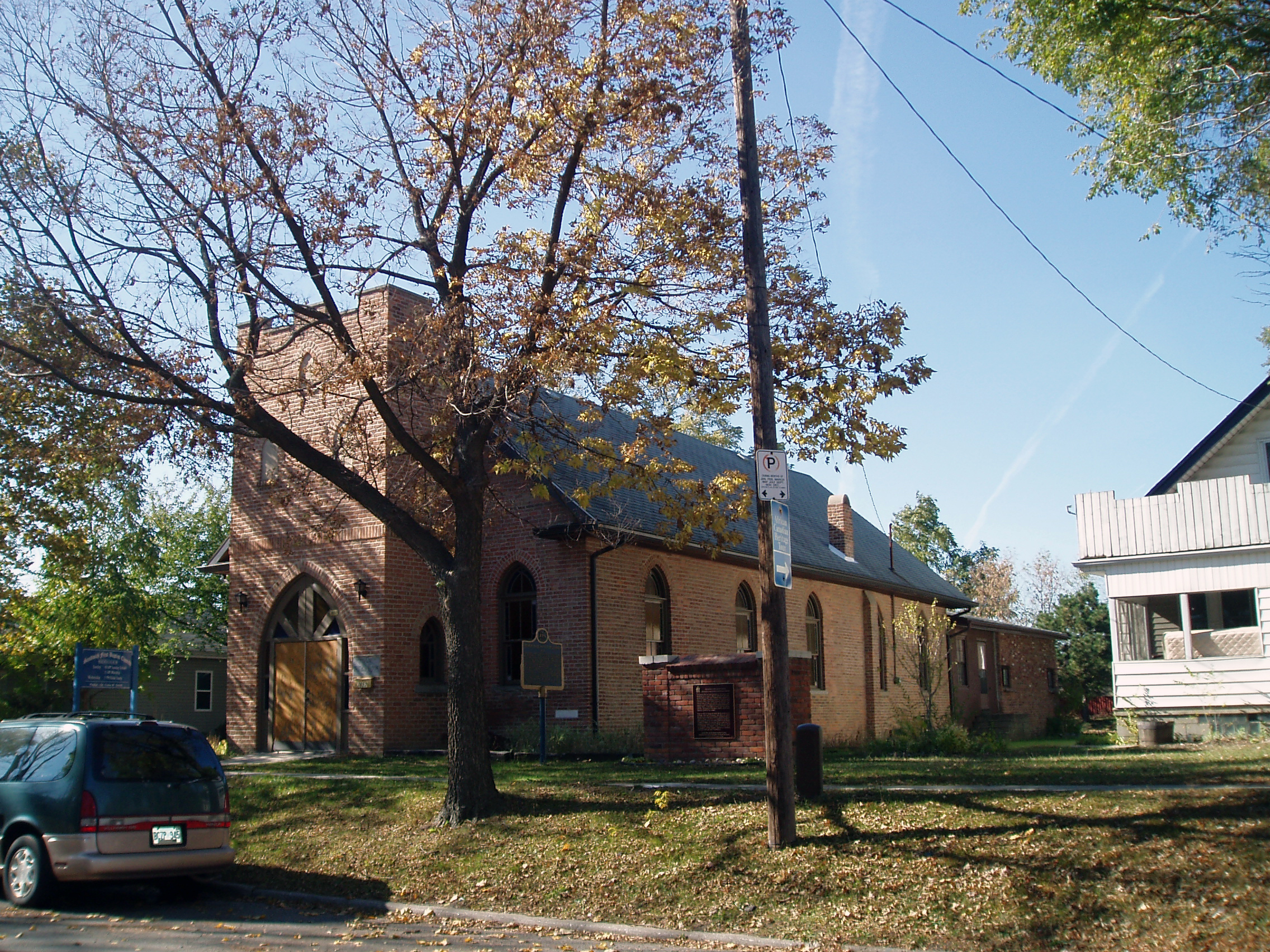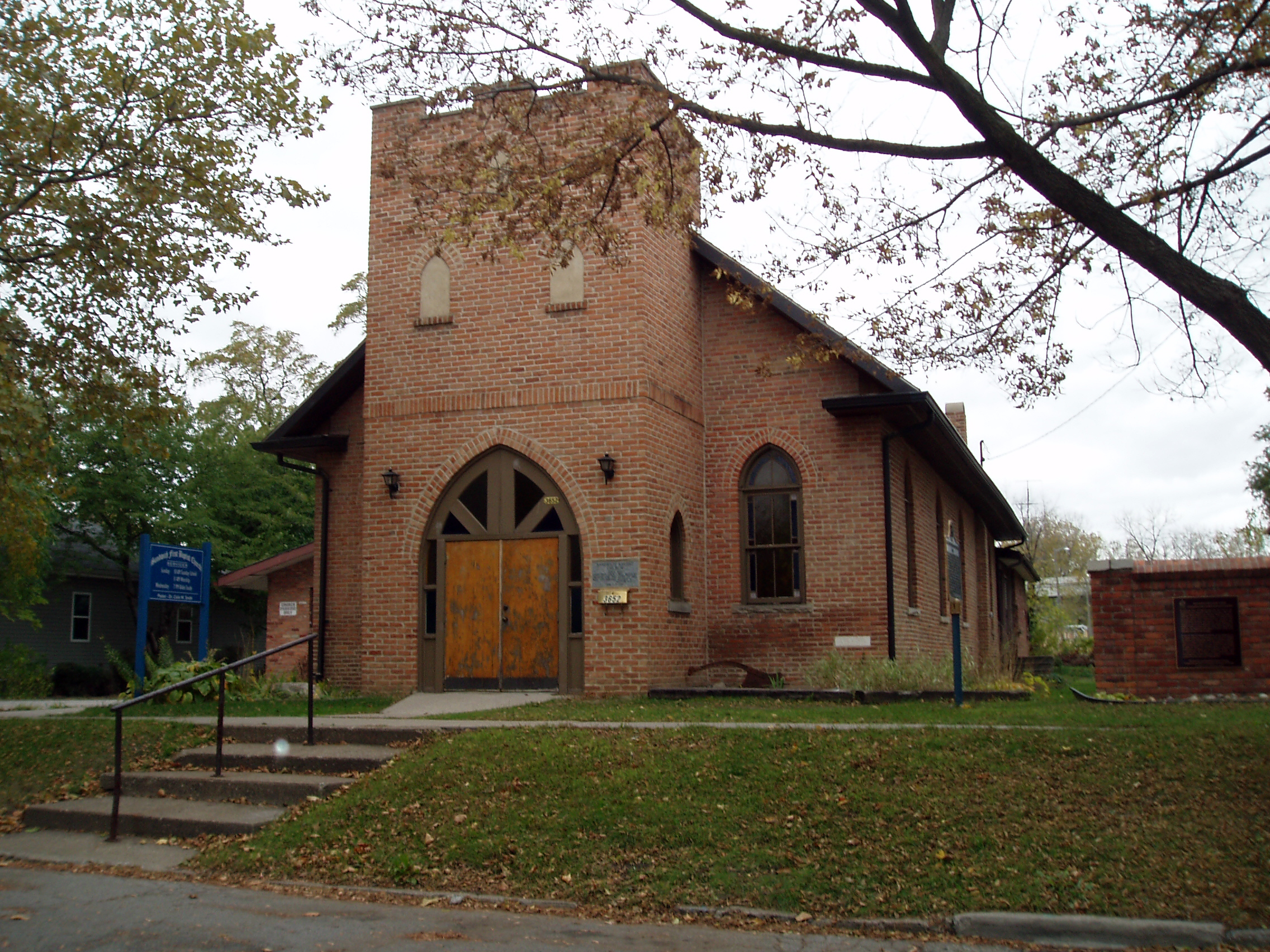
In the 1795 Treaty of
Greenville (Ohio), several tribes of Midwestern Indians ceded their claim
to the Michigan territory. But it was,
effectively, the British
who were ceding their claim since the Indians knew the English would no longer
supply them with arms and support in their war against American troops. In
July, 1796, Colonel Jean Francois Hamtramck peacefully led American troops
into the village of Detroit and replaced the British flag with the Stars and
Stripes. There were relatively few British residents in Detroit at that time.
Some remained. Colonel Hamtramck did not drive them out. However, some departed
from Detroit and established the community of Amherstburg—named after
Lord Jeffrey Amherst who administered the Canadian colonies for the British
after the French were expelled. The British military base, Fort Malden, was
established there and is now a national historic site. Amherstburg is about
25 kilometers south of Windsor. Other British residents of Detroit crossed
to Canada, but settled near Detroit at approximately the Windsor foot of the
Ambassador Bridge.
The fourth Earl of Sandwich, John Montagu, served as the First Lord of the Admiralty from 1771 to 1782, and also held a number of other important posts, including postmaster general. As Lord of the Admiralty, he strongly encouraged British captains to explore the world. He sponsored all of Captain Cook’s extraordinary voyages. Captain Cook named those Pacific islands that are now a component of the United States in his honor. He also gave the Earl’s name to those remote islands in the South Atlantic near South Georgia and to an island off the coast of Alaska. The English who left Detroit in 1796 for Canada presumably wanted a distinctively British name for their community so they selected Sandwich.
The food we eat at lunchtime may or may not be named for the Fourth Earl of Sandwich. Those who praise the accomplishments of the Earl of Sandwich presume that he was so very busy diligently carrying out his burdensome bureaucratic duties that he could not leave his desk for lunch, so he started bringing bread and dried meat to work. Politicians and their critics were pretty hostile at that time. Apparently, those who criticized the Earl stressed that the English lost the Revolutionary War when he led the Admiralty. Apparently they also promoted a story that the Earl of Sandwich was so extremely devoted to gambling that he was not willing to leave the card tables, so he brought meat and bread with him as he wagered.
During the French and English eras, there
were a few slaves in Canada. However, the Upper Canada government adopted
an act in 1793 prohibited the importing
of slaves. This was the first British colony to ban the slave trade. And then,
in 1833, the British abolished slavery throughout their empire. The African
American and slave population of Michigan was al ways small. The Census of 1810
counted 4,800 people in the Michigan territory, including 120 free blacks and
24 slaves. Ten years later, the Census of 1820 counted nine thousand residents
of Michigan. There were 174 free blacks and no slaves. The federal Census of
1830 counted 31,600 in Michigan included 281 free blacks and 32 slaves. No
slaves were enumerated in Michigan after that date.
ways small. The Census of 1810
counted 4,800 people in the Michigan territory, including 120 free blacks and
24 slaves. Ten years later, the Census of 1820 counted nine thousand residents
of Michigan. There were 174 free blacks and no slaves. The federal Census of
1830 counted 31,600 in Michigan included 281 free blacks and 32 slaves. No
slaves were enumerated in Michigan after that date.
Blacks in the United States could emancipate themselves by entering Canada. Canadian authorities, I believe, generally refused to return fugitive slaves to the United States even before the British Emancipation Act. Slave catchers, however, may have entered Canada in an effort to capture fugitives and return them to slavery in the United States. From what I have read, this occurred rarely. As the means of transportation improved and as an increasingly large population in Michigan opposed slavery, an Underground Railroad developed with several routes across Michigan. Indeed, one explanation for the term “Underground Railroad” is based upon a story that slave catchers were following fugitive slaves across Michigan and thought they knew exactly where they were. However, they learned that the fleeing slaves were in Detroit, so one of the catchers asserted that the fugitives must have traveled by an “underground railroad.”
Apparently, fugitive slaves living on the Canadian shores of the Detroit River began an informal Baptist congregation in the 1820s. Henry Brown, John Hubbs and Willis Jackson were among the founders. In 1840, eleven members of the group formally established a congregation. By 1847, they had built a log cabin used for their services. The Reverend Madison Lightfoot was, apparently, the pastor at the time the log church was erected. Shortly thereafter, Queen Victoria and the Crown officially granted the congregation the property where the church now stands. Using local lumber and bricks made from clay found in the banks of the Detroit River, the members erected the church you see and dedicated it August, 1851, commemorating the 18th anniversary of the British emancipation act. The Reverend Robert H. Jackson was pastor at that time. Presumably, the members of this congregation offered assistance to numerous fugitive slaves who crossed the Detroit River into Canada. Indeed, in the 1840s, three black Baptist churches joined to form the Amherstburg Regular Missionary Baptist Association: Second Baptist in Detroit, a congregation in Amherstburg and Sandwich First Baptist.
This congregation apparently declined in size, and by 1970, was dormant. Unfortunately, most or all of the written records of the church were lost. In the mid-1980s, Mr. Owen Leslie Burey, a teacher from Jamaica then employed in nearby Chatham, realized the historical significance of Sandwich First Baptist. He became the voluntary pastor of the shuttered church in 1985 and has accomplished a great deal in restoring the congregation and highlighting its importance. It is, presumably, the oldest black congregation in Canada even if it was not in continuous operation. Pastor Burey succeeded in having his church designated National Historic Site by Parks Canada.
Date of Construction of Present Church: 1851. Apparently, the
original building has been repaired or restored.
Architect: Unknown to me
Architectural style: Gothic Revival
Parks Canada Historical Site: Listed, the marker—in French and English—is
directly in front of the church.
Photograph: Ren Farley; October, 2008
Description prepared: November, 2008
Return to Detroit-Related Ontario Historic Sites